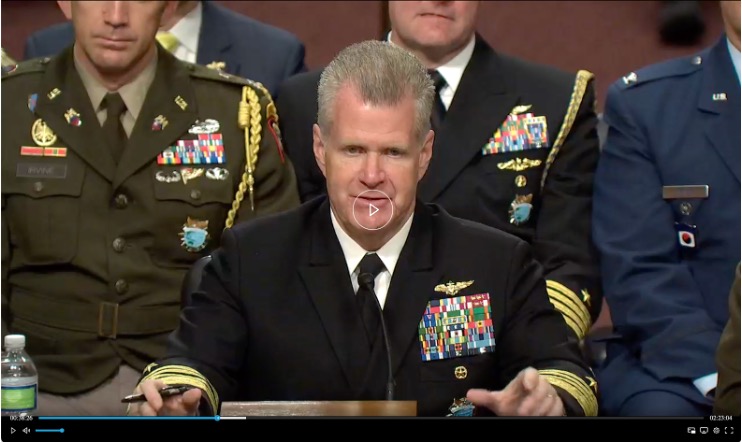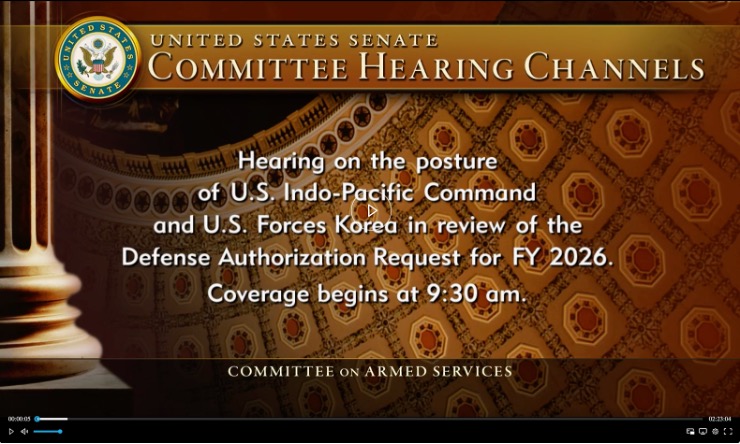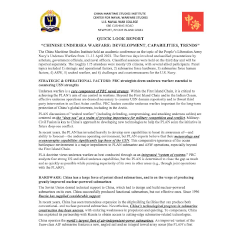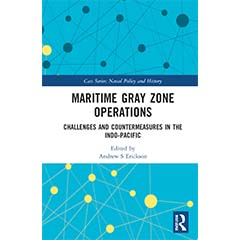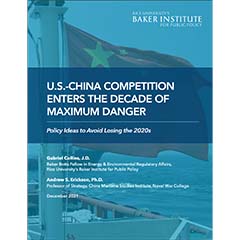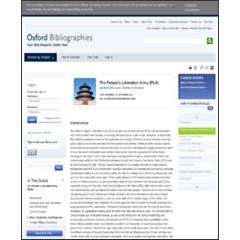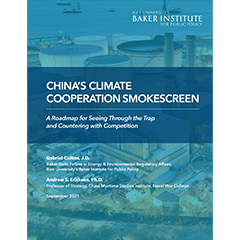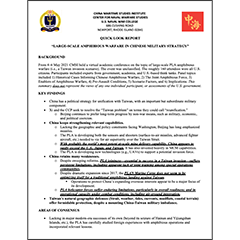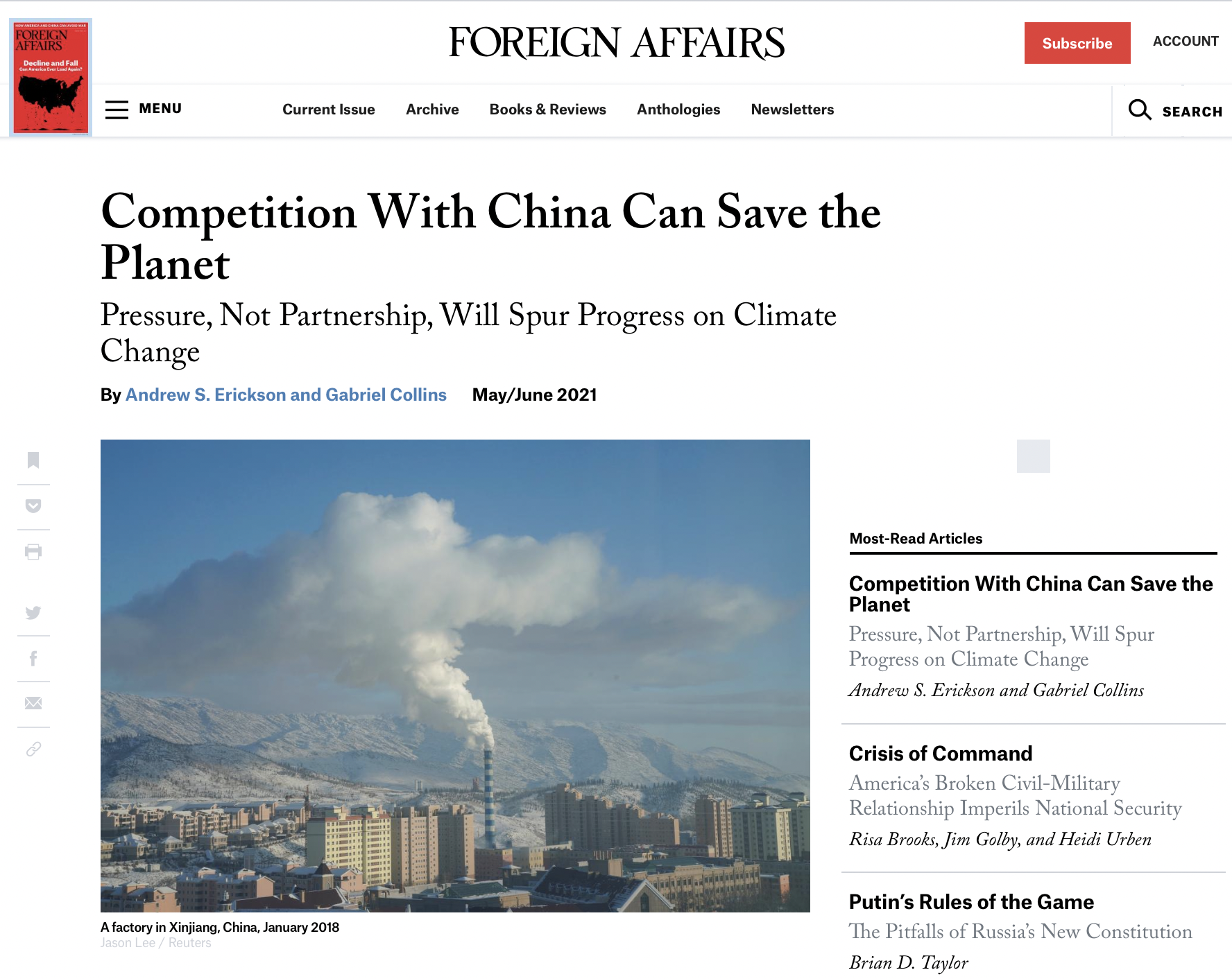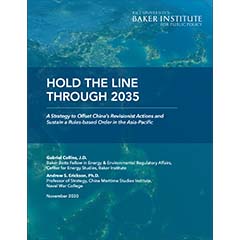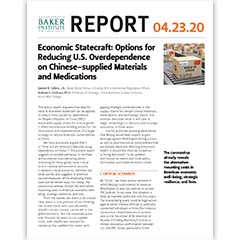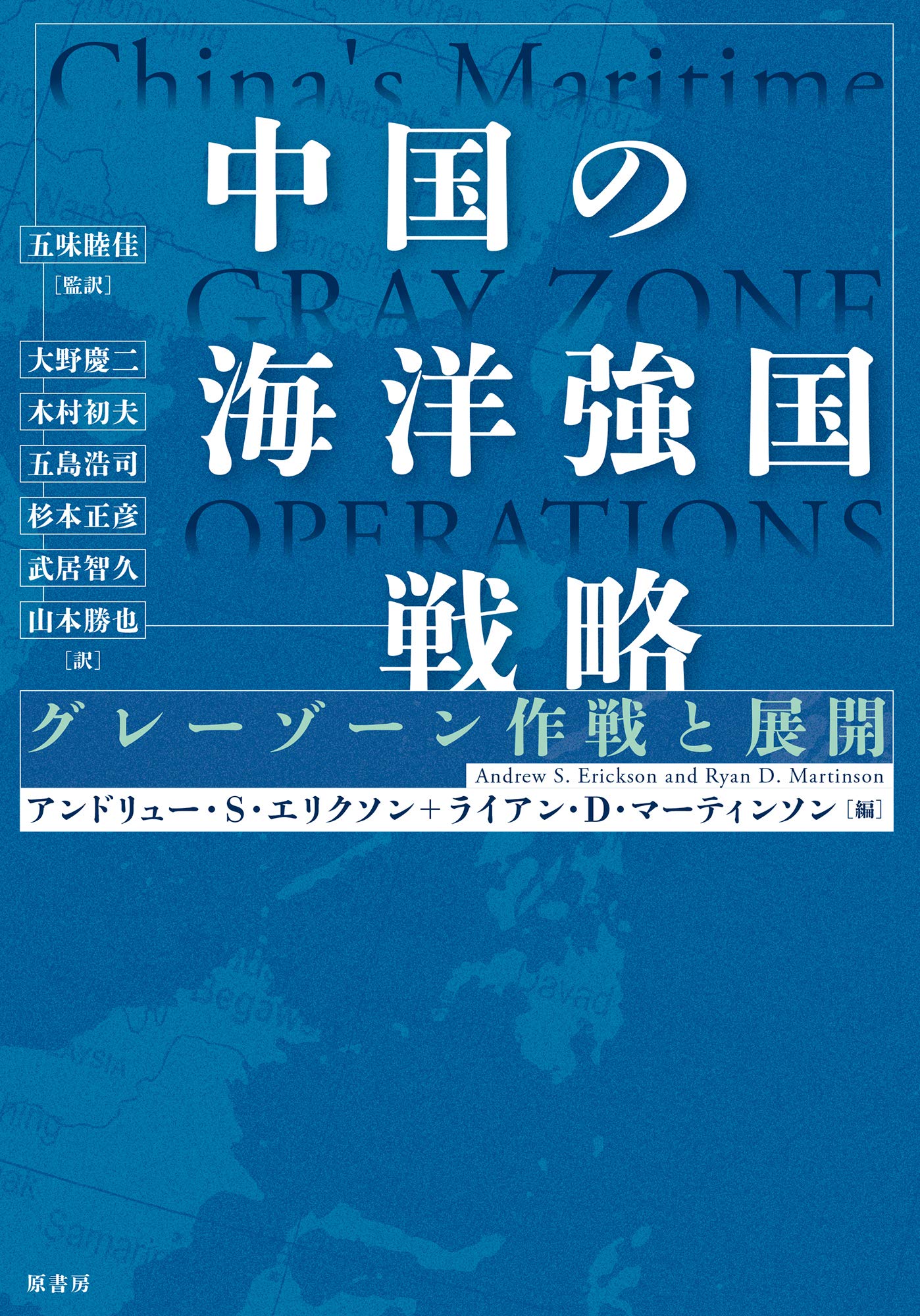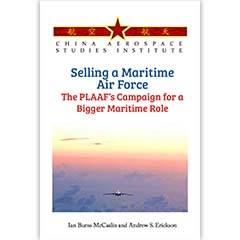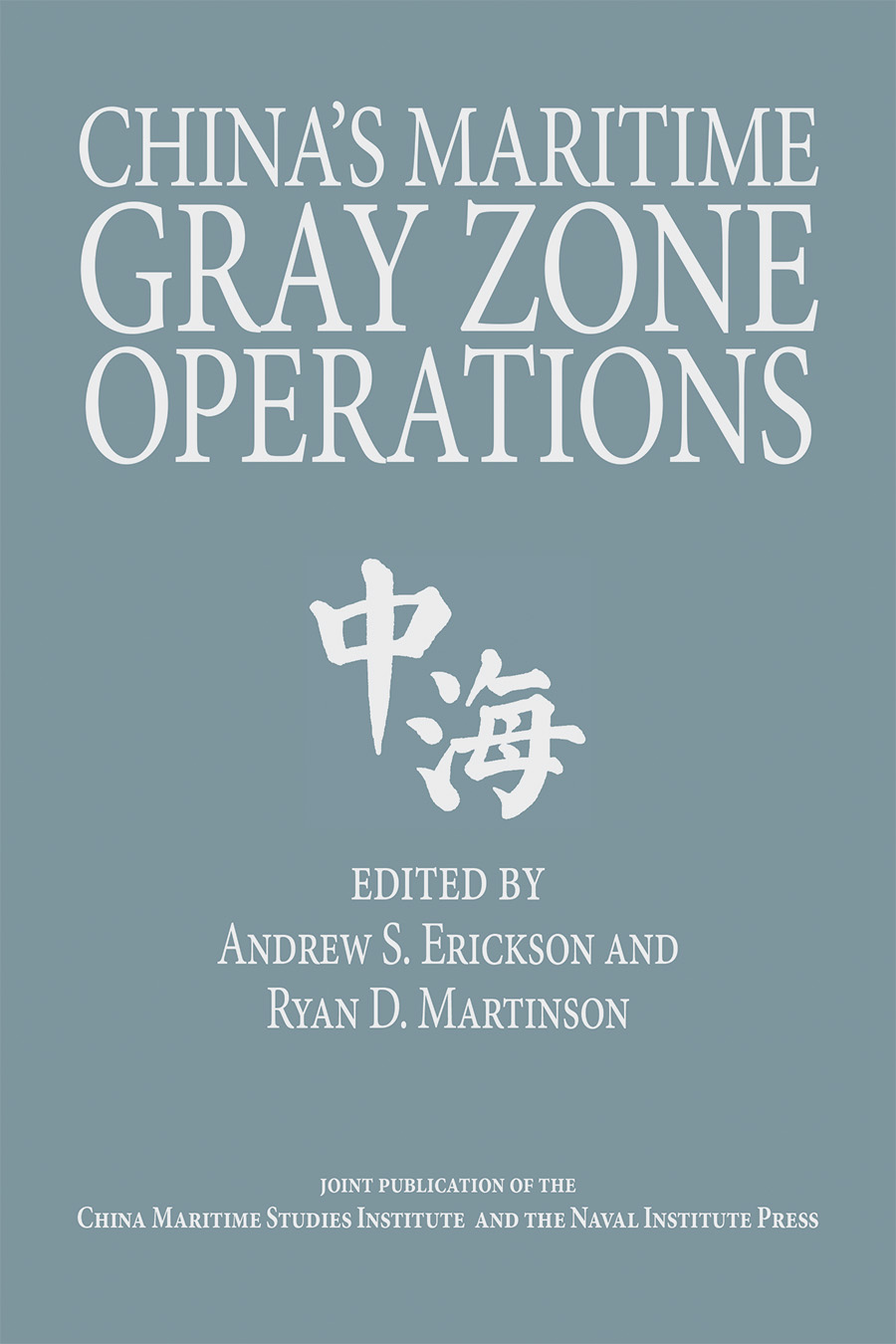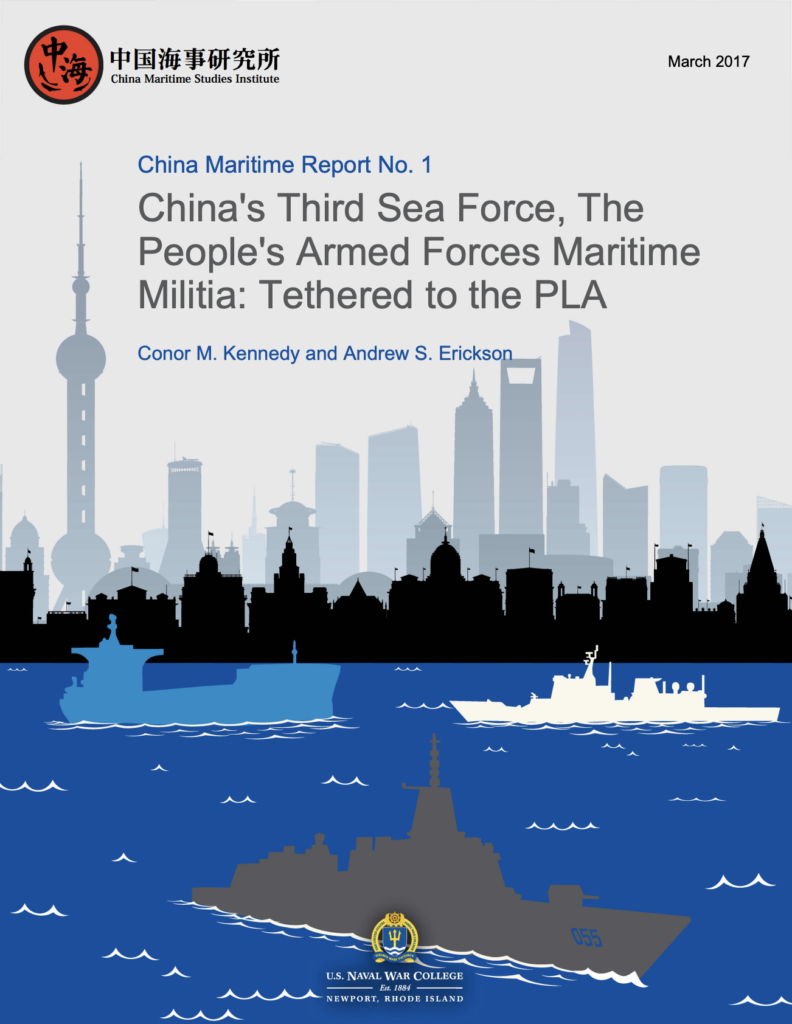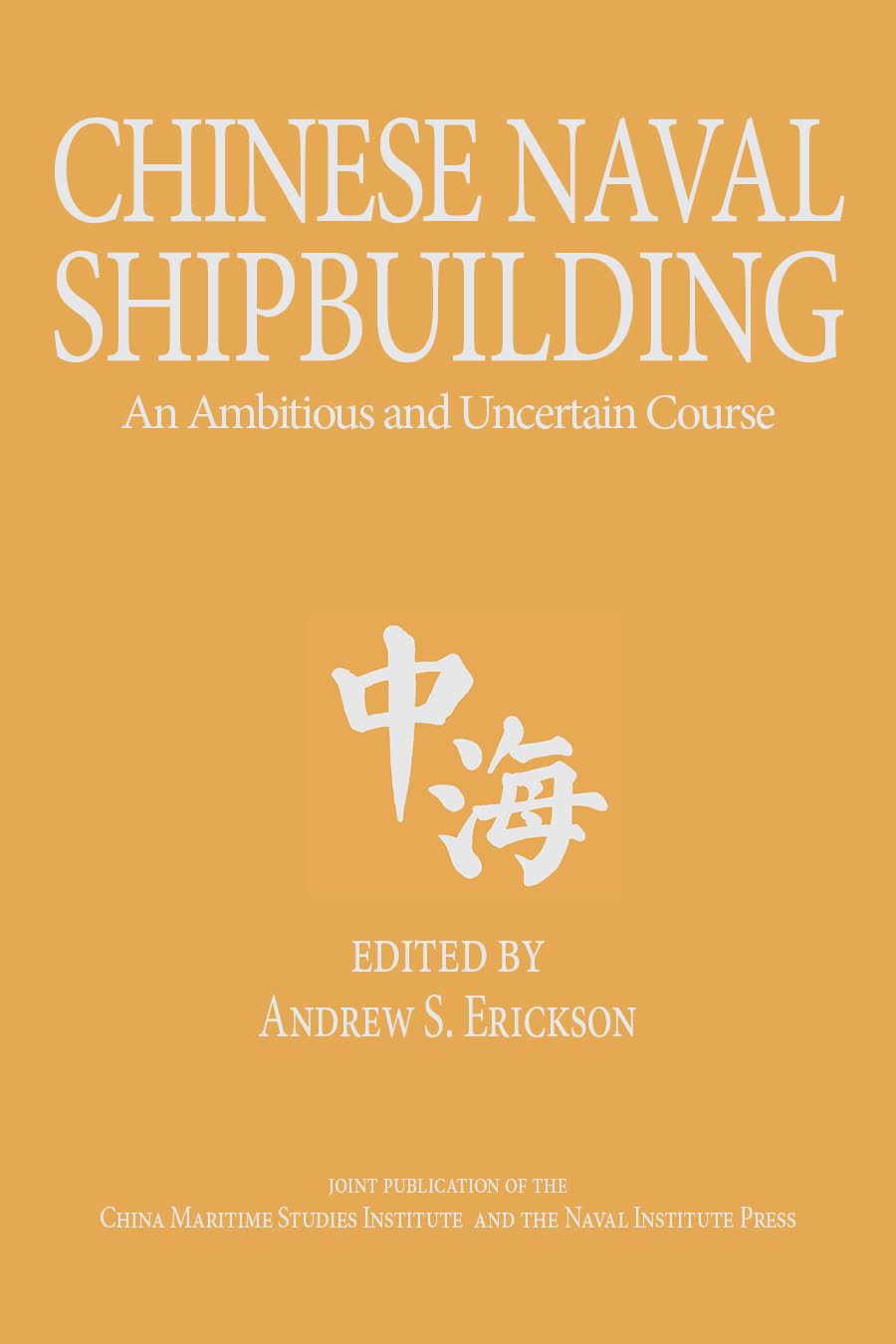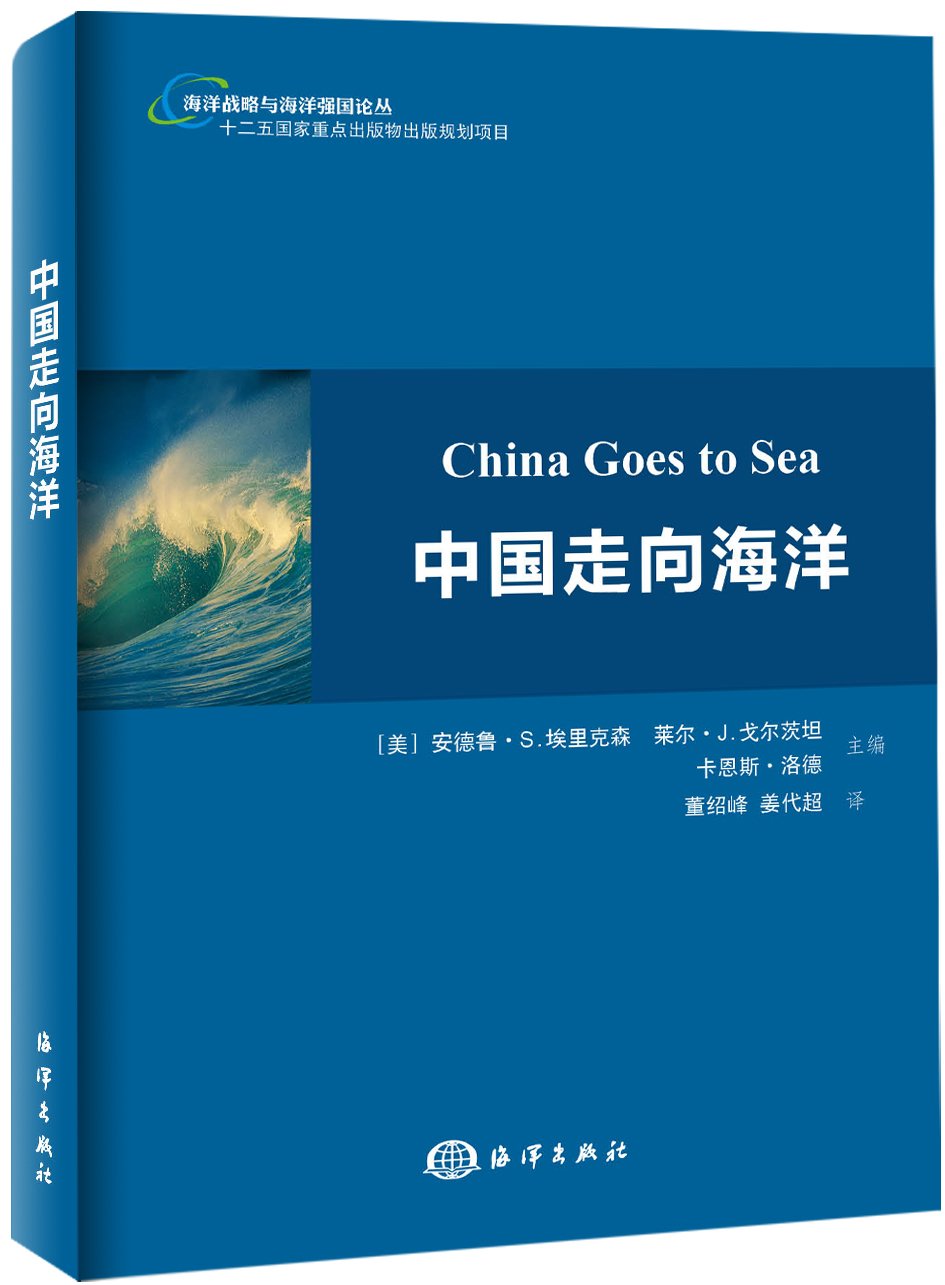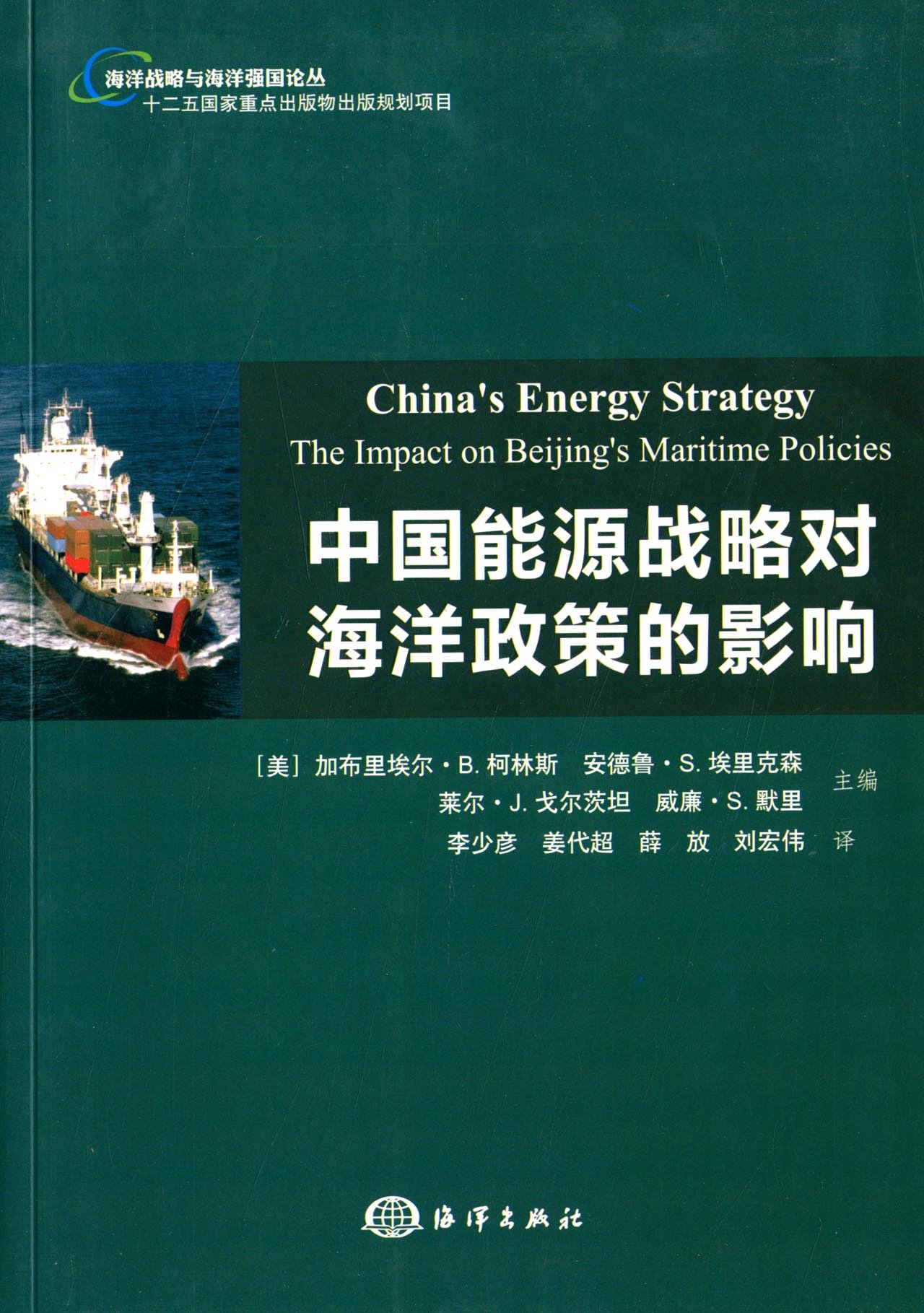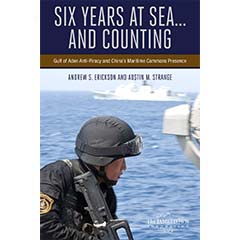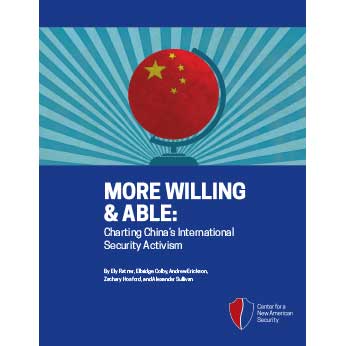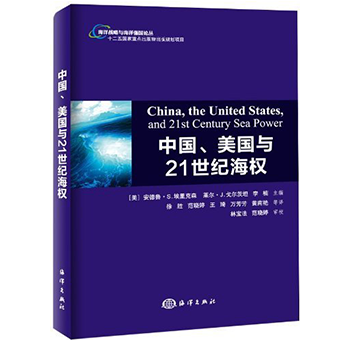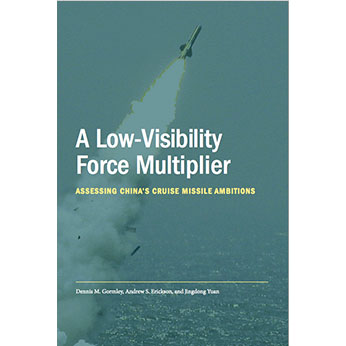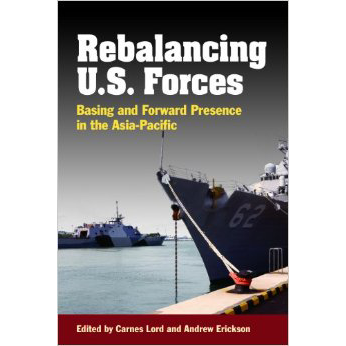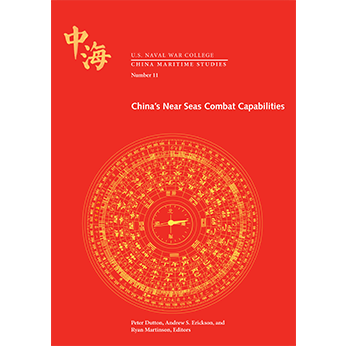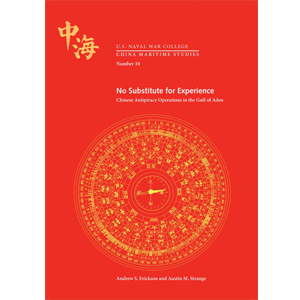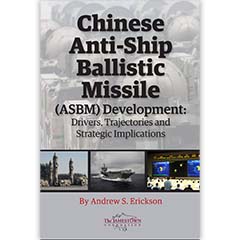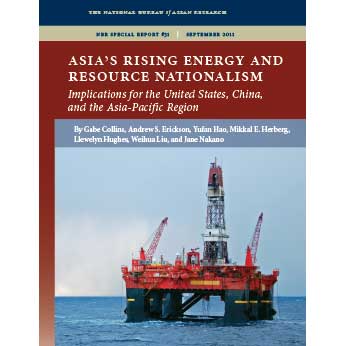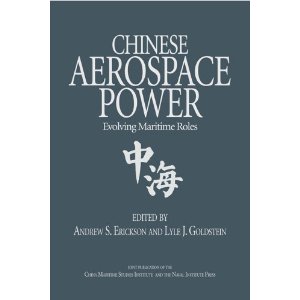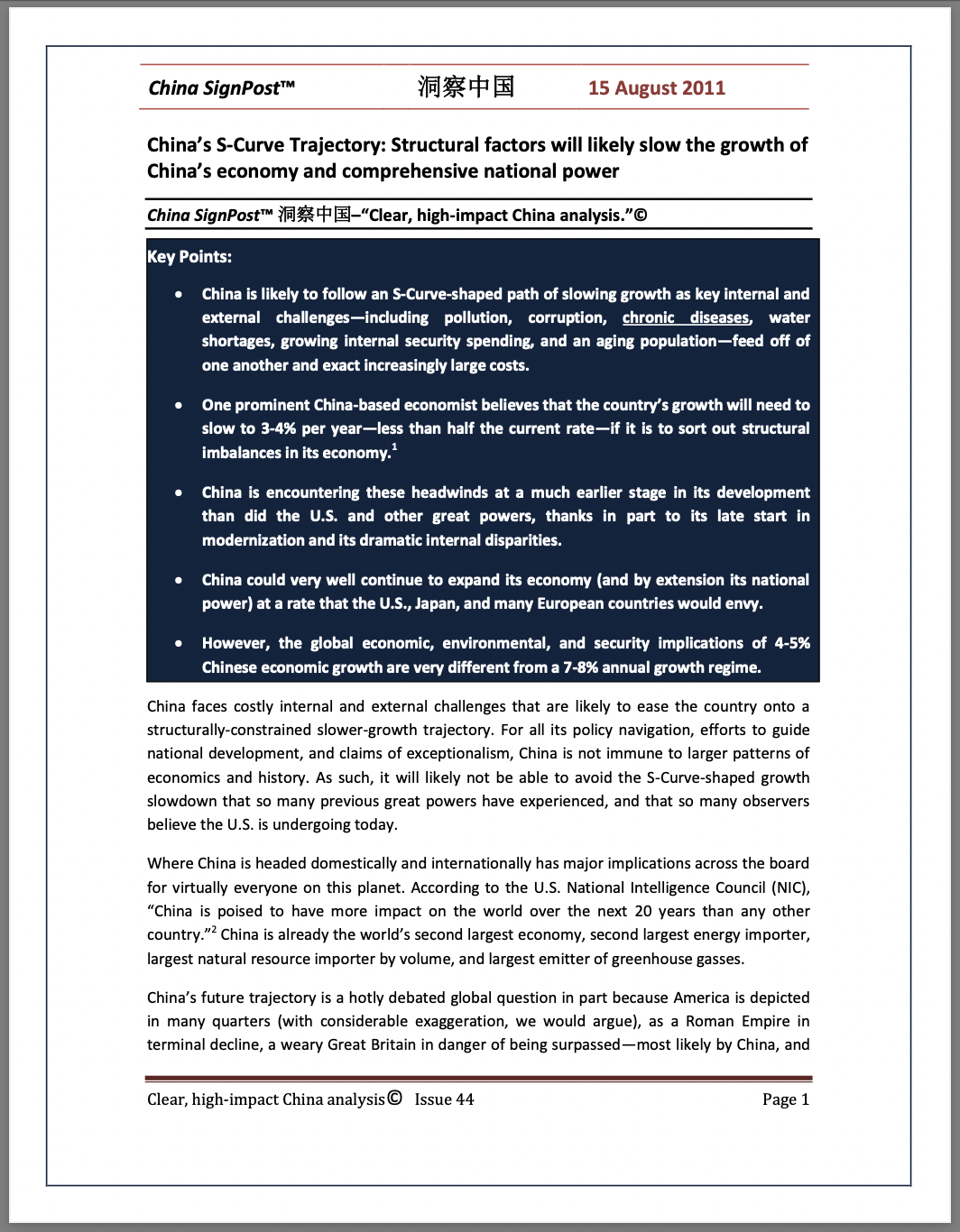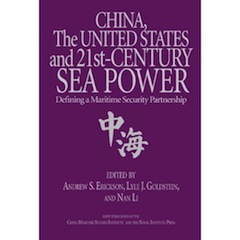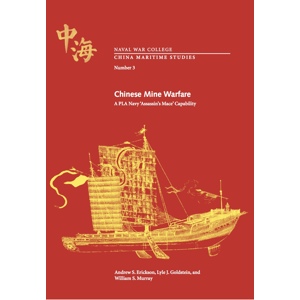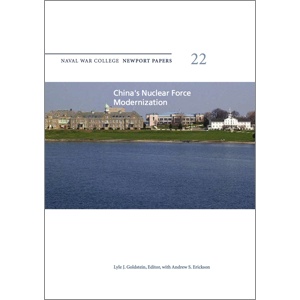Key Points! Testimony by Admiral Samuel J. Paparo, Commander, U.S. Indo-Pacific Command, on U.S. Indo-Pacific Command Posture, April 2025
Nobody outside of China has a better view into developments of concern regarding China’s armed forces than Admiral Sam Paparo, Commander, Indo-Pacific Command since 3 May 2024. Previously Commander, Pacific Fleet starting 5 May 2021. Four years of daily observation of PRC military developments down to the smallest externally observable detail. His prepared statement and related responses in his Congressional testimony last week shows just how much progress he sees, and how serious it is. Read and watch in full!
Top points from prepared statement:
- “In 2024, the People’s Liberation Army (PLA) demonstrated its growing capabilities through persistent multi-domain pressurization activities of increasing scope, scale, complexity, and number against Taiwan – combined with a significantly expanded daily air and maritime presence. China employs a multi-faceted approach combining military pressure, cognitive & cyber operations, and economic coercion. China’s development of advanced missile systems, space and counter space capabilities, hypersonic weapons, chemical and biological weapons, a growing nuclear arsenal, and expanding maritime capabilities presents an evolving challenge to regional stability.”
- “Beijing’s aggressive maneuvers around Taiwan are not just exercises – they are dress rehearsals for forced unification. The PLA escalated military pressure against Taiwan by 300% in 2024, through activities such as Air Defense Identification Zone (ADIZ) entries and centerline crossings.”
Top points from Q & A:
- “They build combatants at the rate of 6-to-1.8 to the United States. And I could go through every force element that we are talking about.”
- “…it is step-level change. In the last 20 years they have increased their military 10- to 15-fold.”
-
“China has provided 70 percent of the machine tools and 90 percent of the legacy chips that have enabled Russia to rebuild its war machine. And then coming back to China is potentially submarine quieting help as well as other help in some of the areas where Russia is strong.”
PREPARED STATEMENT
CHINA-SPECIFIC CONTENT [Bullets added]:
p. 2
- China continues to pursue unprecedented military modernization and increasingly aggressive behavior that threatens the U.S. homeland, our allies, and our partners.
- China is developing and integrating cutting-edge technologies – AI, hypersonic and advanced missiles, and space-based capabilities – at an alarming pace. China’s anti-access/area denial capabilities are designed to prevent U.S. forces from operating within the first and second island chains. China is outpacing the U.S. in testing not only these critical technologies but also technologies from across their military industrial base.
- In 2024, the People’s Liberation Army (PLA) demonstrated its growing capabilities through persistent multi-domain pressurization activities of increasing scope, scale, complexity, and number against Taiwan – combined with a significantly expanded daily air and maritime presence. China employs a multi-faceted approach combining military pressure, cognitive and cyber operations, and economic coercion. China’s development
p. 3
of advanced missile systems, space and counter space capabilities, hypersonic weapons, chemical and biological weapons, a growing nuclear arsenal, and expanding maritime capabilities presents an evolving challenge to regional stability.
- Beijing’s aggressive maneuvers around Taiwan are not just exercises – they are dress rehearsals for forced unification. The PLA escalated military pressure against Taiwan by 300% in 2024, through activities such as Air Defense Identification Zone (ADIZ) entries and centerline crossings. In the South China Sea, China claims sovereignty over contested features and sovereign rights over international waters. It uses coercive behavior and bare aggression to exert its excessive sovereignty claims, including 30 harassing Philippine and other Association of Southeast Asian Nations (ASEAN) partner vessels in vital sea lanes that carry over one-third of global maritime trade.
p. 25
Conclusion
- As the most consequential opponent, China poses real and serious challenges to our military superiority. However, these challenges also present opportunities for reform and establishing enduring advantage. While USINDOPACOM faces significant challenges, I remain confident in our deterrence posture and ability to defend U.S. interests and
p. 26
maintain regional stability—but the trajectory must change. China is out-producing the United States in air, maritime, and missile capability.
- The investments and capabilities outlined here are essential to preserving security, freedom, and prosperity. The Pacific Deterrence Initiative (PDI) was designed to counter the China threat by investing in key readiness and capability development initiatives. Funding requested, specific, and enduring capabilities would advance the intent of this initiative and deliver major posture improvements. Examples include hardened 500 infrastructure, prepositioning of munitions and equipment, enhanced rotational presence, and improved allied interoperability.
- The United States faces serious challenges, but the Joint Force remains confident, resolute, and determined to prevail. Deterrence remains our highest duty. It must be backed by real, winning combat power. Thank you for your continued support of USINDOPACOM. Together we advance the security, freedom, and prosperity of the American people and our allies and partners across the Indo-Pacific.
OTHER KEY CONTENT:
p. 4
- More troubling still is North Korea’s deepening relationship with Russia. North Korea has supplied Russia with ballistic missiles, rockets, and thousands of containers of munitions since late 2022 to support Russia’s war against Ukraine. North Korea expanded its support in October 2024 with at least 12,000 combat forces. These forces sustained over 4,000 casualties by the end of 2024. I assess North Korea is attempting to gain Russian assistance in developing space launch vehicles, military satellites, one-way attack drones, missile technology, and advanced submarine propulsion technology.
Russia
- Russia has significantly modernized its Pacific Fleet since 2021 with particular growth of 50 its submarine fleet. …
- Russian maritime operations have expanded geographically into the Bering Sea. …
- Russia’s growing military cooperation with China, including joint exercises in the Pacific, adds another layer of complexity to the Indo-Pacific security environment. Their combined operations demonstrate increasing sophistication that potentially complicates USINDOPACOM response options in a crisis. In 2024, China and Russia conducted multiple combined naval and air operations, including bomber patrols near Alaska and Guam. Combined military activity in 2024 included an inaugural coast guard patrol, two naval patrols, three naval exercises, and two bomber patrols. The November bomber
p. 5
patrol included China’s nuclear-capable H-6Ns, the first iteration in which both nations used aircraft capable of delivering nuclear weapons against the U.S. homeland.
- The deepening cooperation between China, Russia, and North Korea threatens to exacerbate and accelerate security challenges in the Indo-Pacific, degrading safety and security and accelerating existing tensions and disputes in the region. Together, these countries’ growing ties create a complex, interconnected challenge to U.S. national security and regional stability.
p. 19
- Space superiority is essential to our operations across all domains. U.S. adversaries are rapidly developing sophisticated counter-space capabilities, including direct-ascent anti-satellite weapons, co-orbital threats, and advanced jamming systems.
FULL TRANSCRIPT
Q & A
p. 2
Senator Wicker:
The Chinese have also substantially increased their harassment of our Filipino allies. China’s vast Maritime Militia, backed by the PLA Navy and Chinese Coast Guard, is using increasingly aggressive tactics to advance its
p. 3
expansive claims in the South China Sea. The Second Thomas Shoal remains a major flashpoint. Chinese maritime militias have tried to keep the grounded Filipino Navy ship, the Sierra Madre, from being resupplied.
p. 14
Admiral Paparo
China’s unprecedented aggression and military modernization poses a series threat to the homeland, our allies, and our partners. In 2024, the People’s Liberation Army demonstrated growing capabilities through persistent pressure operations, with military pressure against Taiwan increasing by 300 percent.
p. 15
China’s increasingly aggressive actions near Taiwan are not just exercises. They are rehearsals. …
Russia’s growing military cooperation with China adds another layer of complexity, creating a compounded challenge with a deepening cooperation among China, Russia, and North Korea, and China’s and Russia’s Pacific fleet is a growth enterprise.
p. 19
Admiral Paparo:
Chairman, the People’s Republic of China have an order of battle of 2,100 fighters, an order of battle of over 200 H-6 bombers, and they are producing fighters at a rate of 1.2 to 1 over the United States. Furthermore, their advanced long-range air-to-air missiles
p. 20
also present a tremendous threat. If you do not hold the high ground along the first island chain you are vastly limited in your ability to operate. …
Chairman Wicker:
Admiral, is it a fact that China is now capable of denying U.S. air superiority in the first island chain?
Admiral Paparo:
Yeah, I give them high marks in their ability to do that. I have some game, too. And air supremacy is the complete mastery of the air. Neither side will enjoy that. But it will be my job to contest air superiority, to protect those forces that are on the first island chain, such as 3rd Marine Expeditionary Force, and also to provide windows of air superiority in order to achieve our effects.
p. 25
Senator Cotton:
On the other side you have got one of your ancestors, so to speak, Douglas MacArthur, who said at the dawn of the Korean War that “the domination of Taiwan by an unfriendly power would be a disaster of utmost importance to the United States.” He was speaking then, as we do today, of Communist China. Ian Easton, a Naval War College professor
p. 26
and one of the military’s leading experts on Taiwan, says that “it’s possible that the Chinese invasion of Taiwan would cause a 21st century version of the Great Depression.” And the famed investor, Ken Griffin, put it more bluntly: “It’s an immediate Great Depression.”
So why is it that Taiwan is different? Why is Taiwan such a hot flashpoint? Why could it lead not only to a catastrophic war but also a global Great Depression? Why should Americans care about an island on the other side of the world?
Admiral Paparo:
Senator Cotton, that last point is quite salient. Many a research organization postulate that conflict in the Western Pacific over the Taiwan question would result in a 25 percent GDP contraction in Asia, and a knock-on effect of 10 to 12 percent GDP reduction in the United States of America, with unemployment spiking 7 to 10 points above base, and likely 500,000 excess depths of despair above base, as well.
And this is just the importance of the regional stability to the world economy and its effect on people’s lives. And this is viewed as a function of freedom of navigation. It is a function of the world dependency on semiconductors.
In the longer term, for the United States, our strategic center of gravity is our network of alliances and
p. 27
partners. The sum total of 350 million peoples’ talent, 130 million Japanese, 130 million Filipinos, 25 million Australians, not to mention 500 million in Europe, as well as partners across the globe.
The knock-on effect of the brittleness of that network of alliances and partnerships means that some of the states could confer and submit to the PRC’s mode of exploitation enroute to their long-range goal of setting the rules of the world and reaping the benefits of that.
And then finally, some nations in the area of responsibility will submit, but others it would never happen, just because of the historic tensions. And in that case, the proliferation question comes to mind, with nuclear-armed states that are treaty allies with the United States, and minimal warning for launch among those nuclear states. It is a vital interest for the United States.
My job is to have a force ready to make those choices. You know, I don’t make the choices on whether or not it is important or not. I am explicating how it is. And my job is to present those options to the commander in chief to be ready to fight and win.
Senator Cotton:
And to be clear, a lot, of not all of those consequences, would follow whatever the outcome of a conflict over Taiwan, whether China succeeds in going for the jugular or fails, or there is some kind of indecisive
p. 28
outcome. Simply having the conflict over Taiwan, which is such a center of gravity in the modern economy, could lead to many of the consequences you just outlined.
Admiral Paparo:
Yes, sir. I cannot quote the source. I will later. But most of the things I have studied indicate that American intervention would have that impact. A successful American intervention would potentially do so. So still a grave result, but half as grave with savings of a lot of human misery.
Senator Cotton:
So the key then is to prevent the war from happening in the first place. We do not want to be in a situation where we have to win a war over Taiwan. We want to stop it from happening, and the way to do that is through strong military and resolute, confident leadership.
What do you need most, that you do not have right now, to deter that conflict from happening in the first place?
Admiral Paparo:
Senator, counter-C5ISR capabilities in cyber, space, counterspace, to ensure that the United States can see, understand, decide, act, assess, learn faster than the PRC can, to enhance our ability to blind, to deceive, and to destroy the adversary’s ability to see and sense. And then, in addition, the requirement to effect those long-range fires and effects that make the Joint Force effective in attacking centers of gravity, the platform that they ride on, the sustainment that sustains
p. 29
them, absolutely key and critical foundation. And then the critical infrastructure across the theater that enables the force to reach the principles of expanded maneuver and puts geography on our side, which it is.
p. 40
Senator King:
If we withdrew our support from Taiwan, would that incentivize Japan and South Korea to develop independent capacity including the possibility of nuclear weapons?
Admiral Paparo:
My assessment is yes.
p. 41
Senator Scott:
… So Admiral Paparo, how much of your time do you spend trying to anticipate or counter actions by Communist China?
Admiral Paparo:
Senator Scott, that consumes my duties, which is a constant stare, the constant analysis of intelligence course, of open-source sources, and then the physical movement on the ground, to be able to see and understand, to anticipate, and to be able to pace their actions that look to coerce Taiwan and to demonstrate the prospect of settling the matter by force, and number two, their encroachment on treaty allies in the Philippines as well as encroachment on partners in the South China Sea, with their excessive and illogical claims and their nine-dash line claim.
Senator Scott:
And their continuing ability to build ships, airplanes, weapons, all these things, does that cause you to spend more time and money?
Admiral Paparo:
Yes. Yes, sir, absolutely. They
p. 42
build combatants at the rate of 6-to-1.8 to the United States. And I could go through every force element that we are talking about.
Admiral Paparo:
… we have had to worry about this now since 1949. But it is step-level change. In the last 20 years they have increased their military 10- to 15-fold.
p. 52
Senator Kaine:
So in the INDOPACOM, talk about joint activities between Russia, China, and North Korea and the growing closeness of the relationship and the threats that pose to the work that we do with our allies.
Admiral Paparo:
… It is a transactional symbiosis where each state fulfills the other state’s weakness to mutual benefit of each state. You know, a for-instance is that China has provided 70 percent of the machine tools and 90 percent of the legacy chips that have enabled Russia to rebuild its war machine. And then coming back to China is potentially submarine quieting help as well as other help in some of the areas where Russia is strong.
In addition, you have North Korea that are sending thousands, maybe hundreds of thousands of artillery shells and thousands of KN-24 short-range missiles to Russia with, as General Brunson said, the expectations of concessions coming back in the form of air defense, surface-to-air
p. 53
missile help, quieting, help with their Kilo submarine fleet, and so forth.
And then finally, in the physical space, this last summer, a saw the longest-range joint patrol of PLA navy and Russian Pacific fleet formation in the Bering Sea. And so they are deepening their ability to operate together, and they are demonstrating that by going further afield and in bigger formations.
p. 60
Senator Rosen:
… Admiral, our growing concern about the vulnerability of Taiwan’s digital infrastructure is highlighted by the frequent attempted sabotage of undersea internet cables. These events are
p. 61
part of a larger trend of gray zone operations, where actions short of war, often involving non-military forces or proxies, are used to exert pressure or destabilize regions. The PRC’s reckless, coercive, and aggressive activities pose a threat to democracies around the globe, and its sabotage of those undersea cables has emerged as a particularly alarming tactic.
These cables are essential for our global communications, transmitting around 95 percent of global internet traffic. They facilitate financial transactions, bolster our security and the security of our partners and allies.
Admiral, while some experts view incidents like the damage to Taiwan’s undersea cables as merely a test or low-level enhancement, others warn they could be part of a broader Chinese strategy to prepare for future coercion or even invasion of Taiwan. So given this, what do you see is the actual threat these incidents pose to U.S. national security, and what steps is the U.S. taking to effectively counter these digital threats?
Admiral Paparo:
Senator Rosen, you know, as ever you are quite astute in identifying this threat. Most certainly that is an element of the intention and an element of the design. They would do so likely with People Armed Forces Maritime Militia, which enables them to
p. 62
execute this operation without potentially signaling an intent to go to war, but by weakening the information enterprise of the states over whom they are executing aggression.
And I think, well one, I think the first is the ability to penetrate from an intelligence standpoint and to be there in the locations where they would be otherwise cutting those cables in order to deter that activity. Second of all is the resilience to have other redundant networks that enable those states and their partners, including the United States — Guam, Hawaii, and so forth — to achieve what we need to do in the information environment, and that is proliferation in low Earth orbit, and not just one single constellation but multiple constellations.

